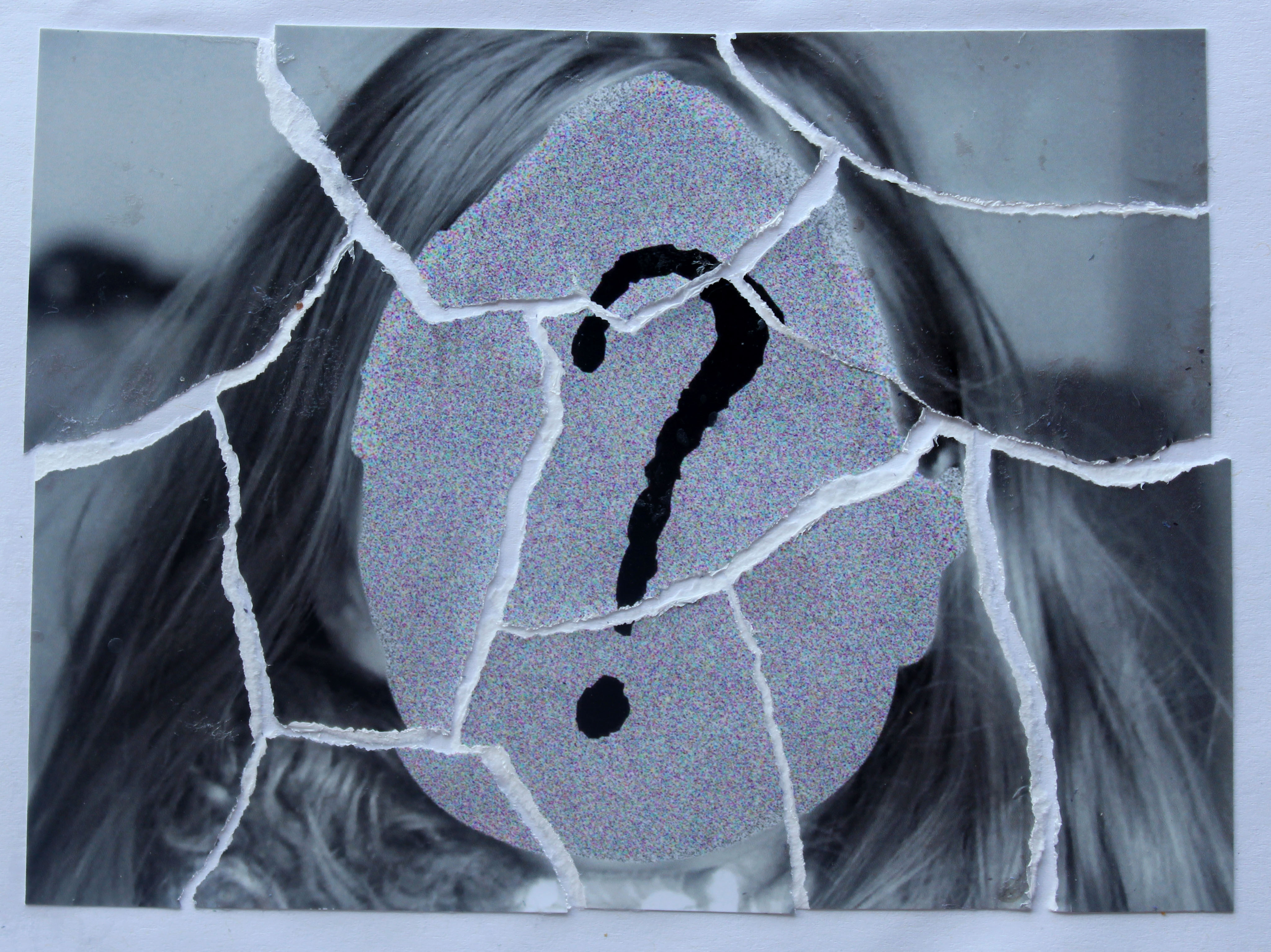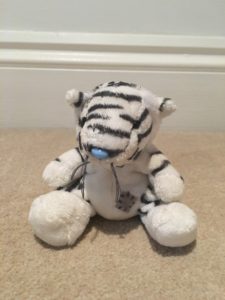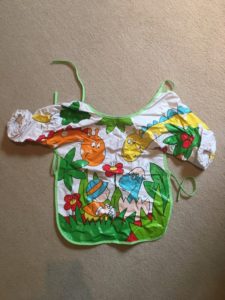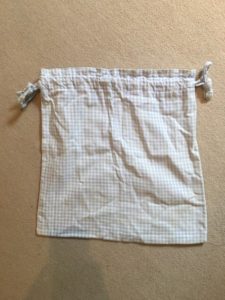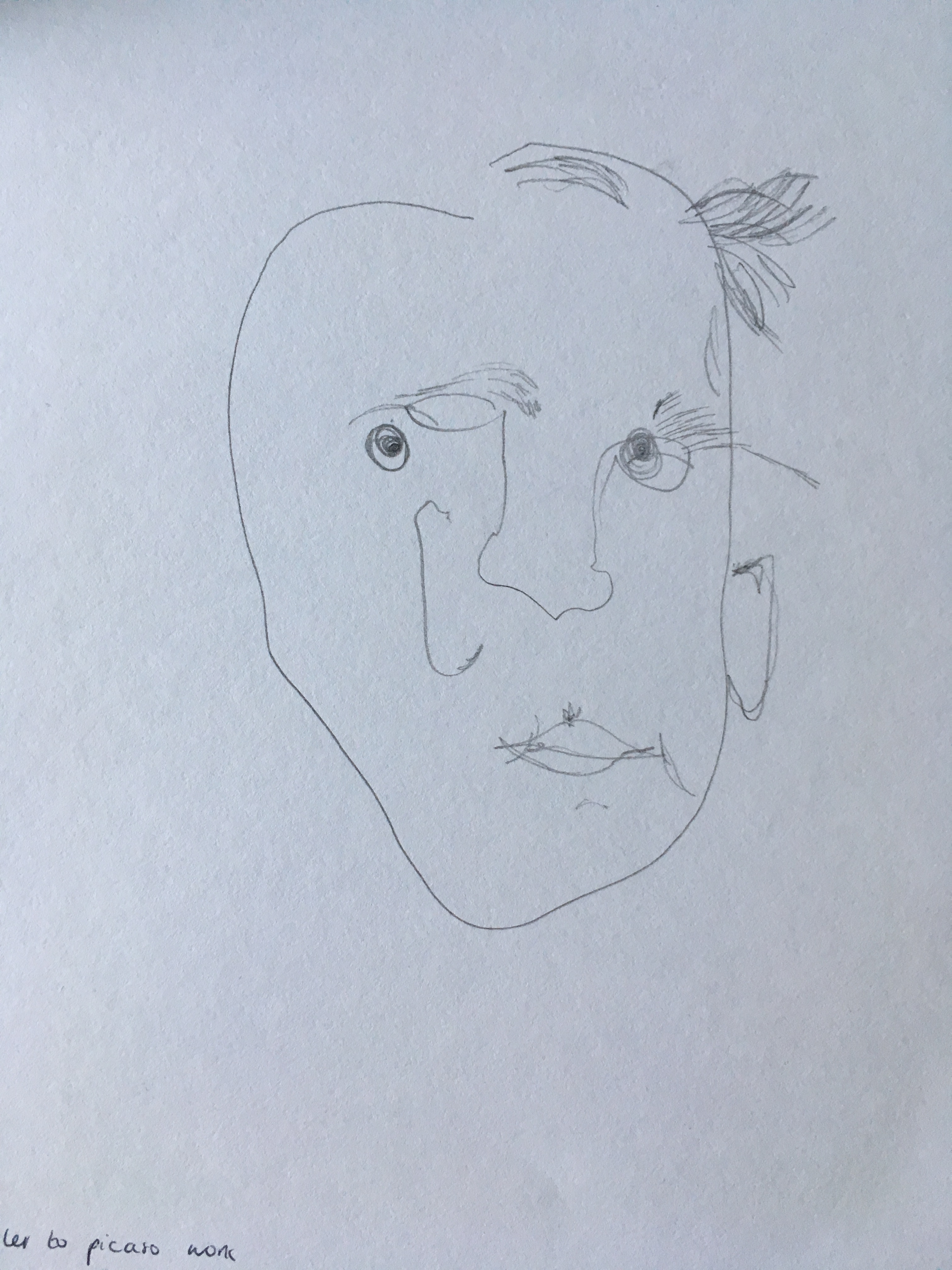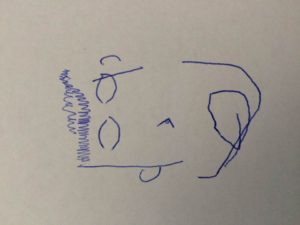At the beginning of the workshop Jonny asked multiple people in the class is fear good or bad in photography and if we have fear what of. Many people said they have a fear of people not be able to understand their work or fear the work is not enough. Personally I have a fear that my work will not be good enough in my standards. For me I think a good piece of work/ photography is when you can look at the photo and get multiple meanings or even one prominent one. Basically something that makes the viewer think and find themselves drawn to it. My fear is that I will take a photo or a complete a project that has no thought behind it and is just there for marks as I do not want it to be the reason for my work.
After this Jonny got us to close our eyes and draw a random face. This was my attempt.
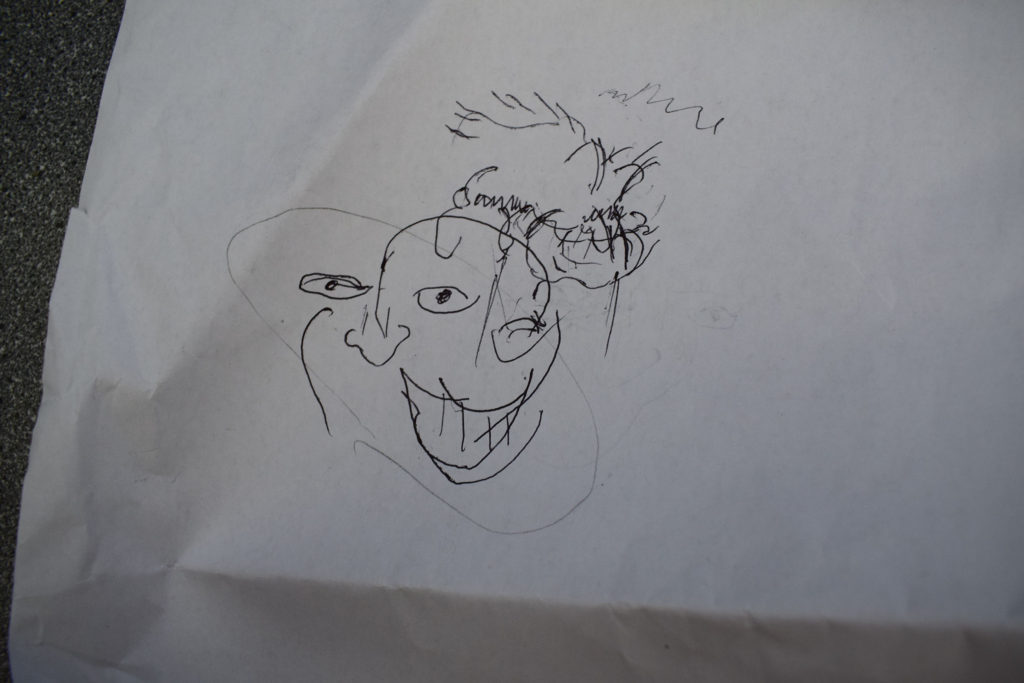
As you can see it shows some resemblance to a face such as eyes, nose and a mouth. However, it is quite clearly not a face. Jonny then asked us to close our eyes again and draw a persons face of someone in the room. My attempt is below. I found this exercise a lot harder than the first as there was something to compare my drawing too. We were then asked, if we were asked to draw a face with our eyes open which ones would be more interesting and the majority of the class said the ones we had done with our eyes closed would be. He then went onto talk about how mistakes can make a photo or a piece of art look better.
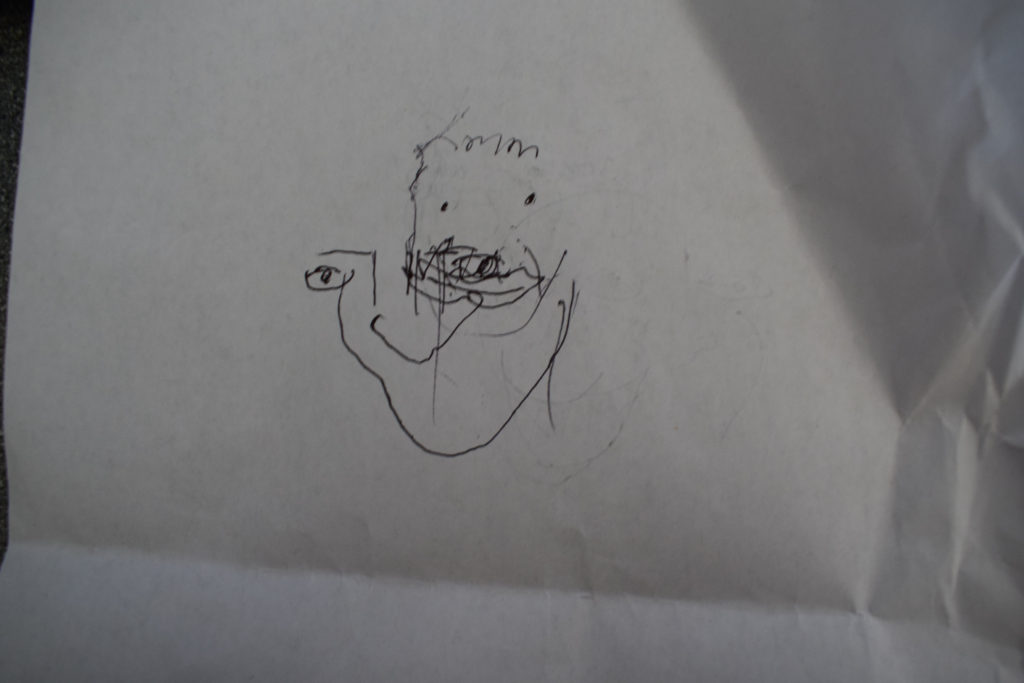
With this in mind we were then asked to make something out of the objects we were asked to bring but trying to make as many mistakes as possible. The objects I brought were as old mouse toy, a Pirates of the Caribbean necklace and a old PUSH wrist band as well as a photo of my brother. Here’s what I came up with.


When creating something in the mindset that if you make a mistake its ok really allowed me to be free with my creativity. I found this exercise very helpful and therapeutic as I could find meanings in the thing I had created with no thought process initially apart from making mistakes.


